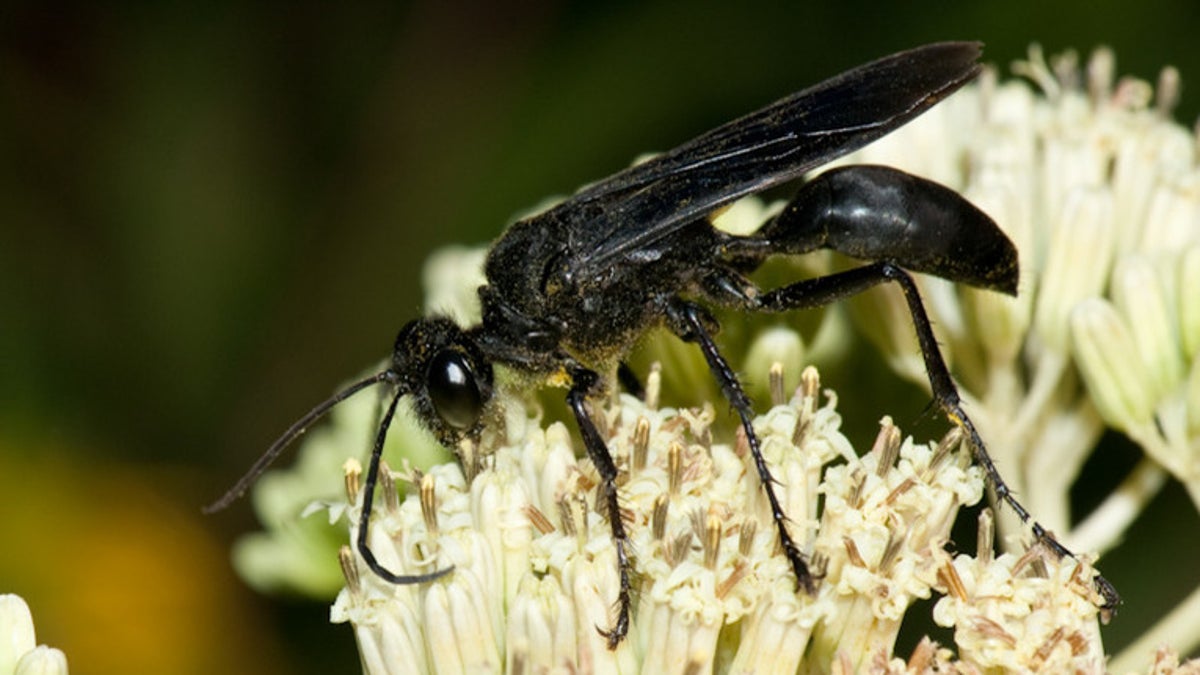
Not all gardens need to be manicured spaces, with raked beds, crisp borders and tiered levels of ordered plants. Not every plant, bird and butterfly needs to be in its place, at the right time and in the right moment. Instead, let go of wanting to achieve the “perfect” garden and welcome a little more uncertainty. In doing so you may get to witness, celebrate and be a part of the natural ebb and flow of the wild world around us in a way you might not with a perfect garden.
The following strategies may help you end your quest for perfection in the garden while also helping you embrace a little bit of healthy, wild instability outdoors.
1. Don’t worry about even spacing. How often, when walking in a forest or meadow, do you see plants that are all spaced 12 to 24 inches apart? While you may need to evenly space plants like sedges that form the ground layer in a matrix planting for quick, even coverage, you don’t have to follow the same rules for upper-layer plants like flowers and even shrubs.
Let plants touch and bump into one another, without worrying about perfectly spacing them. By mimicking the staggered spacing we see in wild landscapes, we bring a bit more of nature home while still cultivating a garden that’s organized and pleasing to our senses.
2. Plan for plants to move around. Use plants’ natural tendencies to spread to your advantage, rather than trying to manage them like you’re maintaining a static sculpture.
Use plants that moderately self-sow, especially if you’ve got a larger area, or plan for self-sowing with biennial plants like black-eyed Susan (Rudbeckia hirta) or some native thistles that stay around only by reproducing. Other plants might spread by runners and can help stabilize soil, stop runoff or cover an area quickly and outcompete weed invasions.
By employing a plant’s tendency to wander and create little families of more plants, you’ll be less irked down the road when something pops up in a place you didn’t plan for. In fact, you might be delighted when serendipity happens.
3. Celebrate death. That’s right — it’s a part of life for all living things and is essential to healthy gardens. Even after plants expire, they keep adding nutrients and services to the ecosystem in the landscape.
If you have a dead tree that requires a professional to remove large limbs, ask to keep a portion of the trunk in place to serve as a stag, which will become a home to native bees and birds. If you have a shrub to cut down, use it to start a pile of limbs and branches in the garden corner, which will serve as home for countless creatures, from birds to bees to frogs to spiders to butterflies. If you have sedges lining a pond, know that their dead immersed leaves actually help to treat and filter the water. Even after the garden cleanup done in spring, leaving materials in place adds essential nutrients to the garden beds without needing to truck in wood mulch.
4. Embrace the nature of drought. When a dry spell comes, and it certainly will, some plants will either close up shop early and go dormant or just won’t flower that year, as they conserve energy. That’s not a failure of the plant or your green thumb.
Let the plants do what they’ve evolved to do and celebrate that natural resiliency. Don’t worry about forcing a bloom. If you used a native plant or one adapted to your region, it will most likely come back the following year.
5. Let beneficial predator bugs take care of pests. Certainly, wasp nests near a doorway or an outdoor lounge area may need to be removed, but it’s best to identify the species first, as different species may need to be handled differently.
RELATED: Find Pest Control Services Near You
With aphids or other pests, wait and see if ladybugs or lacewings come to prey on them and take care of things naturally. If these beneficial predator bugs don’t show up, consider increasing your habitat and plant diversity to create the environment they need to thrive.
While a perfect garden doesn’t really exist, by letting go and celebrating a little bit of wildness, decay and uncertainty, we can appreciate more of our gardens’ potential and ecological benefits.